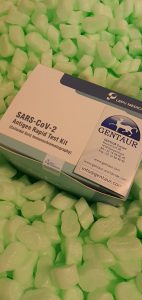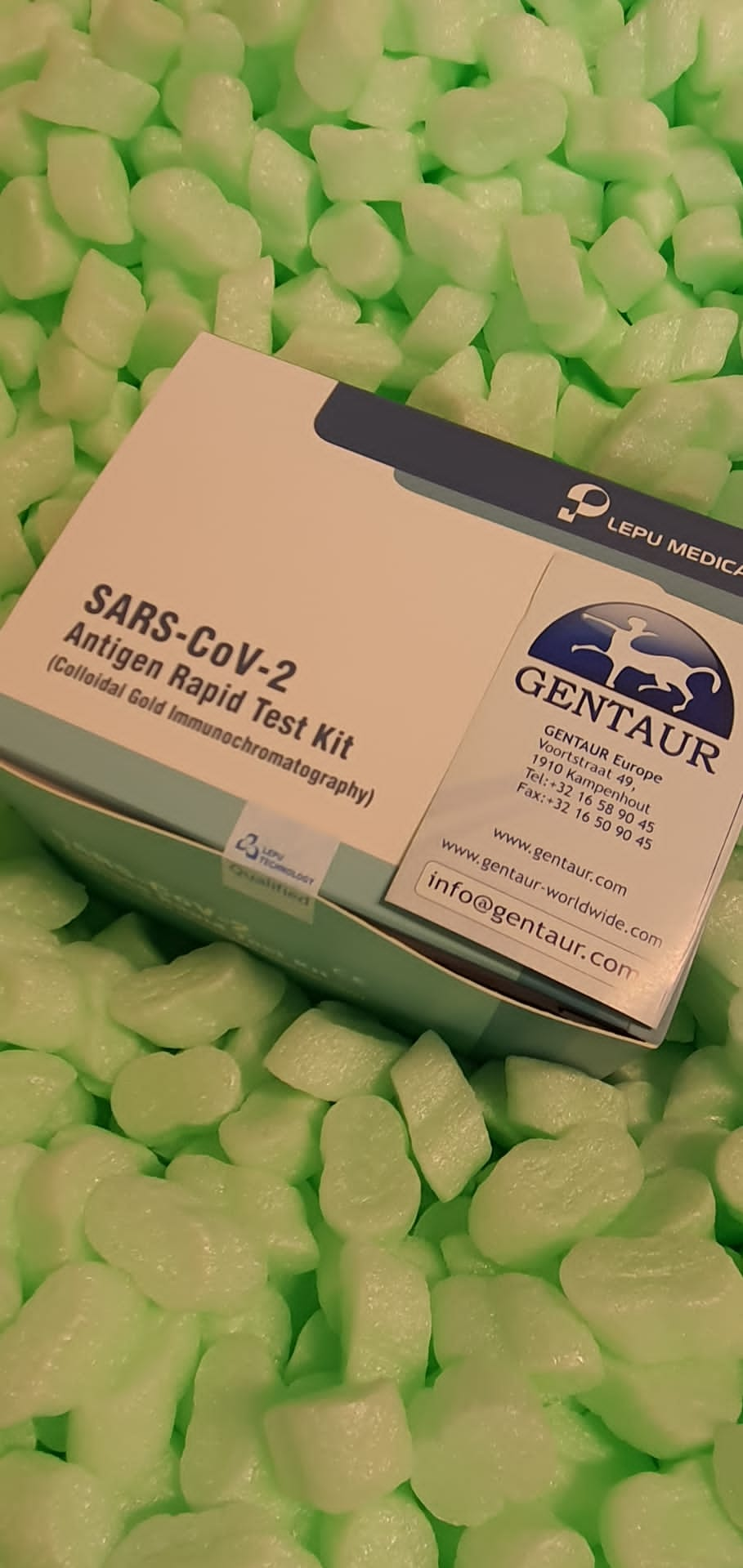Polylactide (PLA) is a biodegradable thermoplastic aliphatic polyester. The thermal stability and crystallization habits of PLA are extraordinarily delicate to storage, processing, and utilization circumstances. This work systematically studied the thermal stability and crystallization habits of poly(L-lactide) (PLLA), poly(D-lactide) (PDLA), and a PLLA/PDLA (LD) mix, which have been saved below two units of laboratory storage circumstances: (1) saved in a vacuum-free desiccator and (2) saved in vacuum-sealed baggage. Both have been saved at room temperature for three years.
Gel permeation chromatography outcomes revealed that the PLLA, PDLA, and LD samples hydrolyzed slowly when saved in vacuum-sealed baggage and degraded considerably when saved in a vacuum-free desiccator; this course of considerably decreased the thermal stability of the samples saved in the vacuum-free desiccator. Owing to hydrolysis, the levorotation and dextrorotation (L- and D-) molecular chains have been shortened; consequently, extra nuclei have been fashioned, and this triggered the melting factors of the PLLA, PDLA, and LD samples to lower and the melting enthalpy of the crystals in these samples to extend.
Wide-angle X-ray diffraction evaluation revealed that when the L- and D- molecular chains have been packed aspect by aspect to kind stereocomplex crystals and the randomly organized L- and D- molecular chains have been straightforward hydrolyzed and degraded, this interfered with the formation of homocrystals in LD. When PLLA, PDLA, and LD samples are saved in a vacuum-free desiccator, they are going to be considerably hydrolyzed, leading to the formation of solely stereocomplex crystals, and no homocrystals are noticed.
We examine the wealthy section habits of strongly confined semi-flexible (SFC) polymer-nanoparticle (NP) techniques utilizing the graphics processing unit accelerated Langevin dynamics simulation. Hard nanoparticles (HNP) that repel one another and splendid nanoparticles (INP) that don’t work together with the similar species are used as mannequin components to a strongly confined semiflexible polymer fluid. Both sorts of NPs exclude the monomer beads in the similar manner, however they’ve qualitatively totally different results on the SFC isotropic-nematic (I-N) transition.
For the complete quantity fraction ϕtot < 0.16, including a low quantity fraction of HNPs (ϕp) disrupts the lengthy vary nematic order of the polymers, whereas including HNPs in a reasonably packed system facilitates polymer alignment on account of the restricted polymer orientational diploma of freedom. For dense packing, polymers and NPs separate into layers alongside the slit peak and the NPs kind crystalline microdomains. In distinction, INP components all the time promote inter-polymer alignment for low to average monomer quantity fractions (ϕm). Furthermore, we discovered that INPs kind a droplet-like fluid area in dense nematic polymer techniques.
The coupling and competitors of crystallization and section separation, correlating thermodynamics and kinetics in OPV morphology and performances
The lively layer morphology transition of natural photovoltaics below non-equilibrium circumstances are of very important significance in figuring out the machine energy conversion effectivity and stability; nevertheless, a normal and unified image on this difficulty has not been properly addressed. Using mixed in situ and ex situ morphology characterizations, morphological parameters referring to kinetics and thermodynamics of morphology evolution are extracted and studied in mannequin techniques below thermal annealing. The coupling and competitors of crystallization and demixing are discovered to be vital in morphology evolution, section purification and interfacial orientation.
A unified mannequin summarizing totally different section diagrams and all attainable kinetic routes is proposed. The present observations deal with the basic points underlying the formation of the complicated multi-length scale morphology in bulk heterojunction blends and present helpful morphology optimization pointers for processing units with increased effectivity and stability. In 2003, a completely automated protein crystallization and monitoring system (PXS) was developed to help the structural genomics tasks that have been initiated in the early 2000s.
In PXS, crystallization plates have been routinely arrange utilizing the vapor-diffusion methodology, transferred to incubators and routinely noticed in accordance with a pre-set schedule. The captured pictures of every crystallization drop could possibly be monitored by way of the web utilizing an online browser. While the screening throughput of PXS was very excessive, the calls for of customers have step by step modified over the ensuing years. To research troublesome proteins, it has change into vital to display crystallization circumstances utilizing small quantities of proteins. Moreover, membrane proteins have change into one of the fundamental targets for X-ray crystallography.


